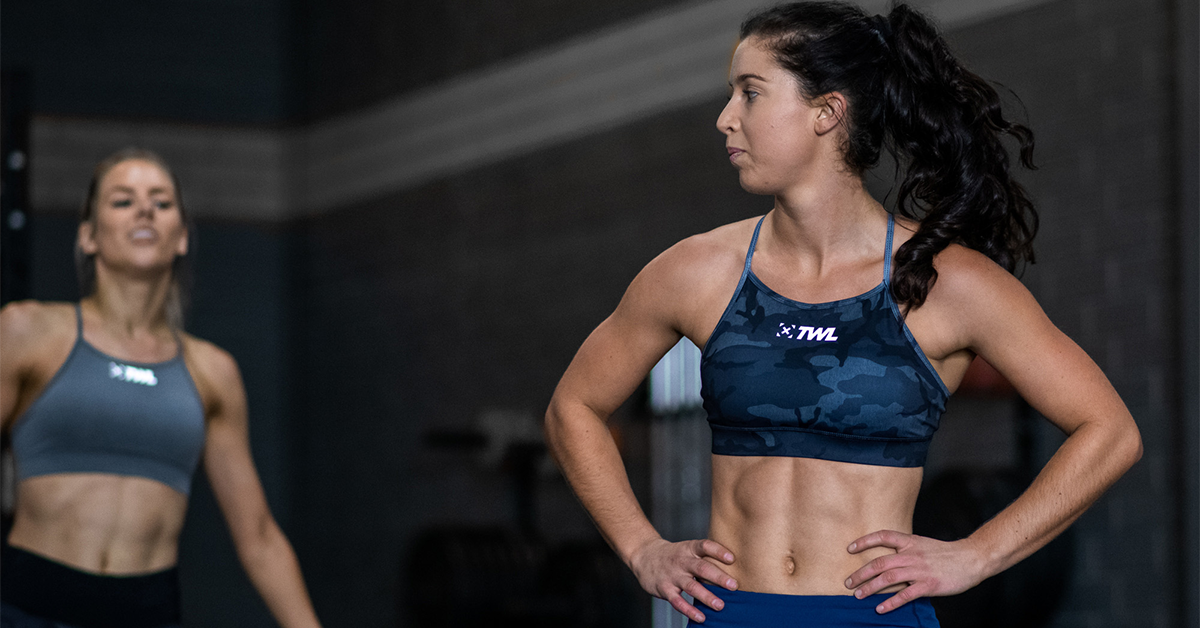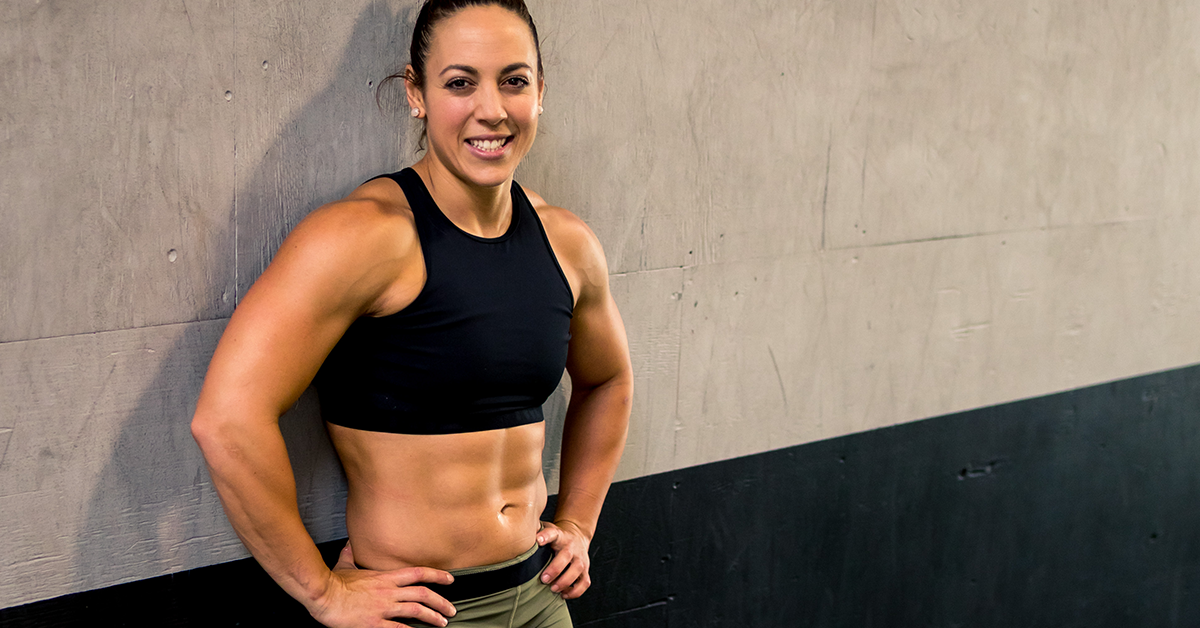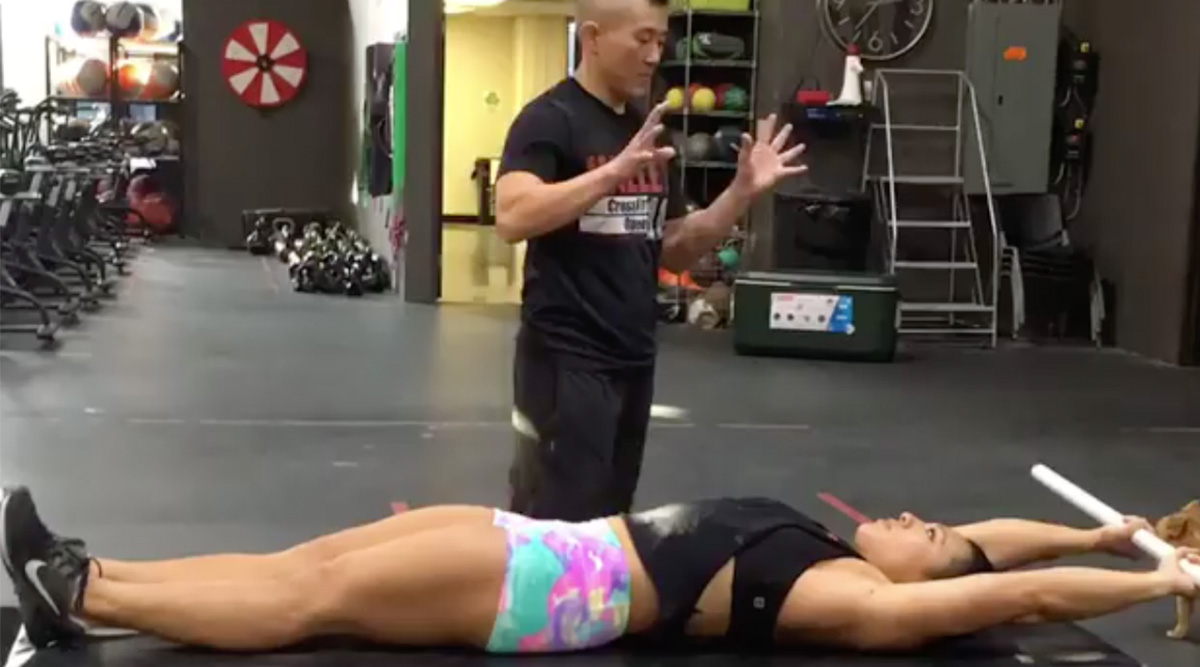If you want to strengthen your core muscles to improve balance and stability, situps are a classic exercise that work your abdominals, hip flexors, and even your chest and neck.
Some people think of situps vs crunches and assume they’re the same because they can both help develop your core. However, the main difference is that crunches only work the abdominal muscles, while situps have a larger range of motion and target more muscles, such as your lower back and chest.
In this blog, we’re going to go over how to do situps with proper form, their benefits, and the different variations of this exercise.
How to Do Situps the Right Way
Despite the benefits of situps for abs and other muscles, this exercise often gets a bad rap for causing back pain. However, experiencing this may only mean you’re not doing it correctly.
While everyone probably knows that situps involve lying on your back and lifting your torso, not many people know how to do situps exactly. Below are some simple steps and guidelines to ensure that you do it with perfect form.
- Lie down with your back flat on the floor or a bench.
- While laying down, bend your knees and hook your feet under a secure brace or ask someone to hold your feet.
- Keep your neck neutral.
- Place your hands on the sides of your neck or behind it.
- Raise your body off the ground or bench by bending your hips and waist, exhaling as you perform the movement.
- Gently lower your body to go back to your starting position. Make sure that you inhale as you do so.
Importantly, don’t use your hands to pull your neck/head up. The movement should be coming from your core.
The Top Benefits of Situps
With the simplicity and effectiveness of situps in strengthening the core muscles, they’re a staple exercise in any athlete’s programming. Here are some of the most important benefits of situps:
- Core strength: As we mentioned earlier, situps are recommended if you want to develop your core. Strong core muscles mean a lower risk of back pain and injury.
- Balance and stability: Because this exercise can help your abdominal muscles, lower back, pelvis, and hip muscles, it can help with your posture and maintaining good balance.
- Flexibility: Situps can loosen stiffness and relieve tension, making you more flexible and increasing your mobility.
All of these benefits combined will ultimately result in better athletic performance and will help you perform your daily tasks more easily and safely. Plus, the benefits of situps translate to countless other things you do in the gym, like deadlifts and squats.
Situp Variations You Might Want to Try
The steps detailed above are for traditional situps. If you want to spice up your workout routine or are looking for a more challenging exercise, you might want to try out these situp variations.
1. Stability Ball Situps
Reduce pressure on your back by using a stability ball to support the natural curve of your spine. To do this, follow these steps:
- Sit on the stability ball, making sure your feet are flat on the ground.
- Lean back to bring your mid-back onto the stability ball.
- Adjust your legs such that your knees are positioned directly above your ankles and your thighs are parallel to the ground.
- Place your interlaced fingers at the back of your head, squeeze your shoulders together, and draw your elbows back.
- Lift your upper back off the ball, bringing your torso towards your thighs. Exhale as you do this.
- Take a short pause and then inhale as you lower yourself back to your starting position.
2. V-Sits
This variation is more challenging but is effective in developing strength, coordination, and balance. You can do V-sits by following these steps:
- Lie on the floor with your legs positioned straight and arms extended over your head.
- Raise your arms towards the ceiling while raising your feet at the same time.
- Make sure that your chest and legs are extended at an angle.
- Bring both arms parallel to the floor and hold this position for five seconds. (You can also keep your arms parallel to your legs.)
- Lower your back to the starting position.
3. Elbow-to-Knee Situps
This exercise targets your internal and external obliques and involves a gentle twist of your spine. Here are the steps to perform this situp variation:
- Lie on your back with your fingers interlaced and positioned at the base of your skull.
- With your knees bent, keep your legs lifted off the floor.
- Twist your torso gently such that your right elbow is towards your left knee, and pull it towards your chest.
- At the same time, extend your right leg so that it’s parallel to the floor.
- Perform the same movement on the opposite side.
Make sure that you maintain proper form and perform smooth, controlled movements while doing these exercises to avoid injury. Consider using an ab mat or a towel under your tailbone as a form of support.
Shop Now
You might want to work towards performing 2 to 3 sets of 10 to 15 repetitions three to five days a week.
Final Thoughts
Situps are a simple, dynamic, and safe exercise as long as you do them with correct form as outlined in this blog. And with all the benefits they bring, they’re worth adding to your workout routine!
If you want an even more defined core, check out these lower-ab exercises next.

















